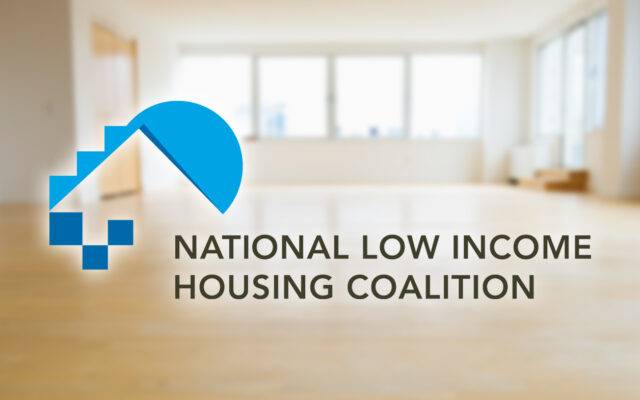NLIHC report shows minimum wage isn’t enough for rental costs

The recently released report from the National Low Income Housing Coalition is called “Out of Reach 2022: The High Cost of Housing” and looks at challenges that low-wage workers are facing affording housing amid record-breaking rent increases.
The report highlights what is called a mismatch between the wages people earn and the price of decent rental housing in every state, metropolitan area, and county in the U.S.
The report also calculates the “Housing Wage” a full-time worker must earn to afford a rental home without spending more than 30% of their income on housing costs.
This year’s national Housing Wage is $25.82 per hour for a modest two-bedroom home at fair market rent and $21.25 per hour for a modest one-bedroom home.
Using state data, the report breaks down costs for the state, as well as looks at local county numbers.
Washington Data | County Comparison
For Grays Harbor and Pacific counties, the report looked at the estimated mean renter wage, below the minimum wage of $14.49. Grays Harbor was estimated at $14.24 per hour, while the estimated mean for Pacific was only $9.78. It also looked at what the approximate rental price is for various units in the area and shows that average wage provides limited options for rental prices to match their wages, if a rental were available.
The report also breaks down how many hours a week working at minimum wage it would take to afford various rental prices.
While the mean was below minimum wage for both counties, the report estimates that a full-time minimum wage worker should be able to afford a one-bedroom at Fair Market Rent. That Fair Market Rent price does not mean that local landlords provide that rental cost.
NLIHC states that temporary housing policy measures implemented amid COVID-19, including emergency rental assistance and eviction moratoriums, are coming to an end. At the same time, renters are facing record-high rental prices, putting affordable homes out of reach for many.
“Decades of chronic underfunding for housing assistance have resulted in a housing-lottery system, where only 25 percent of eligible households receive the housing assistance they need,” said NLIHC President and CEO Diane Yentel. “With rents rising rapidly, homelessness worsening, and millions of families struggling to stay housed, federal investments in expanding proven solutions – like Housing Choice Vouchers, the national Housing Trust Fund, and public housing – are badly needed and long overdue. As a country, we have the data, partnerships, expertise, solutions, and means to end homelessness and housing poverty – we lack only the political will to fund solutions at the scale necessary.”
Out of Reach 2022 finds that in no state, metropolitan area, or county can a full-time minimum-wage worker afford a modest two-bedroom rental home, and these workers cannot afford modest one-bedroom apartments in 91% of U.S. counties.
Across the country, NLIHS states that rents rose 18% between the first quarter of 2021 and the first quarter of 2022. Out of 345 metropolitan counties, all but two have seen a rise in rental prices since 2021.
Out of Reach 2022: The High Cost of Housing is available at: https://reports.nlihc.org/oor
You Might Also Like



